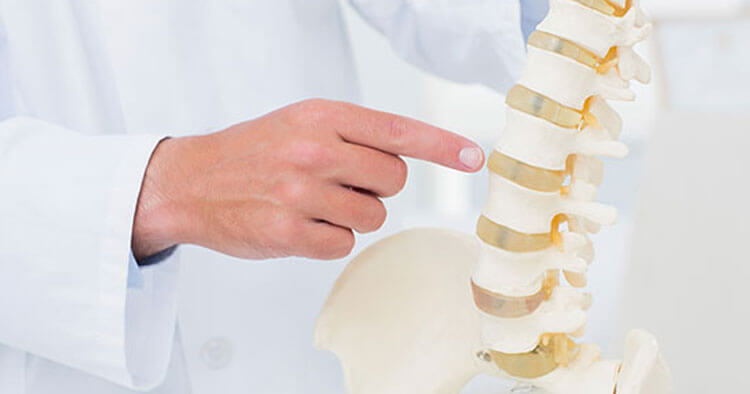Treatment Modalities and Aids
Anatomical Regions In Physiotherapy
Anatomical Regions Of The Spine
Areas of the spine are divided up into regions, the common anatomical regions of the spine that are treated in physiotherapy include:
- Cervical region – Part of spinal column comprising the neck.
- Thoracic region – Part of spinal column comprising the thorax or chest.
- Lumbar region – Part of spinal column comprising the area that is typically referred to as the lower back.
- Sacral region – Part of spinal column comprising the pelvic area. Physiotherapists often help people manage pain in an anatomically posterior sacral region referred to as the SIJ.
Referencing Common Lying Positions In Physiotherapy
- Supine position – Adopting the supine position is when you are lying down face up.
- Prone position – Adopting the prone position is when you are lying face down.
Referencing Pain Or Injury Locations In Physiotherapy
- Bilateral – Referring to both sides of the body, for example bilateral knee pain indicates that that the individual has pain in both their left and right knees.
- Unilateral – Refers to or affecting only one side of a tissue or the body. For example “my wrist pain is unilateral” meaning the pain is in only one of your wrists, not both.
Labeling Anatomical Regions Movements In Physiotherapy
- Elevation – References superior movement. The term elevation in physiotherapy is most often applied to the shoulders (for example shrugging of your shoulders is referred to as elevation).
- Depression – References inferior movement, the opposite of elevation. Again this term in physiotherapy most commonly refers to the shoulders.
- Circumduction – is a special combination of movements involving adduction, flexion, extension and abduction. The resulting movement when performing circumduction creates a circular path of movement. Circumduction can be done in the shoulder, hip, thumb and fingers. And is often given as a gentle mobility exercise for the shoulder.
- Rotation – is the rotation of an entire limb. This rotation can be laterally (away from the body) or medially (towards the midline of the body) and is also referred to as external and internal rotation respectively. Rotational movements are commonly referenced in the shoulder, hip among other areas in physiotherapy.
Disclaimer: Sydney Physio Clinic provides this information as an educational service and is not intended to serve as medical advice. Anyone seeking specific advice or assistance on Anatomical Regions In Physiotherapy should consult his or her physiotherapist, general practitioner or otherwise appropriately skilled practitioner.


